

Stress in cats affects many - and not just the cats. Many behavioural problems are in fact caused by chronic stress, which in turn causes the owner nothing but stress as well. And if it goes on long enough, this behaviour certainly can earn the cat a one way ticket to the shelter when the owner no longer knows how to cope. And who could blame them?
So what is it that stresses cats? And why is it that their life isn’t the bed of roses it appears to be to us humans? But more importantly - how do we help them cope and keep both of us from feeling miserable and stressed-out?
Most often, it is situations where it doesn't even occur to us to consider how stressful it might be for cats that have a big impact. Anytime there is a big change in their environment, for instance, is going to be a lot to cope with for a cat as they are so dependent on the stability of their territory for their safety. For instance, here are some common stressors:
And then there is the problem of lack of stimuli and lack of territory, for instance:
While acute, temporary stress is something most cats can cope with just fine so long as they have the resources to do so, it is when the stressor becomes responsible for a permanent state of stress that problem behaviours are most likely to manifest - and the wellbeing of both the cat an the owner is significantly affected.
Acute stress in and of itself can be positive or negative. A cat who is on the verge of catching a mouse is most certainly on edge and excited without experiencing it as a negative experience. And it is in and of itself a non-issue - both humans and cats deal with stressful situations, things that stimulate us into action on a daily basis. It allows us to navigate life and deal with obstacles in our way, and can save our lives in a pinch.
The problem is chronic stress. It is when you cannot control a situation or affect it in any way. The unpredictability of it, coupled with its permanent or repetitive nature is what is crippling to a living being’s welfare - be it feline or human. The constant flight-or-fight mode physically affect your well-being. Interestingly, studies with lab animals have shown that while pain causes stress, it is especially chronic stress caused by anxiety, boredom and loneliness that have the biggest effect on their well-being.
 The following signals seen in cats - either multiple signals shown one after another or the same one repeated over and over - can be indicators of stress:
The following signals seen in cats - either multiple signals shown one after another or the same one repeated over and over - can be indicators of stress:
All of these can be seen in acute, positive stress as well - just watch a cat hunt and hold up their paw, or yawn when having to choose between two appealing options in ambivalence. But the more signals are displayed and the more often they are repeated and the more frequent they occur - the stronger the stress response and the more likely it is in fact chronic stress.
Some develop behavioural tics - these are behaviours that release calming opioides, allowing the animal to temporarily deal with the stressful situation. Over time though, their body gets used to the effects, losing its calming ability. Animals will still continue the behaviour, purely out of ingrained habit now. In cats, this often manifests itself in the following behaviors:
The go-to way to alleviate stress in a cat is to institute play sessions, preferably with a fishing-rod toy.
It gives the cat a way to process the stress as the flight-or-fight system which is activated under stress is designed to also burn off the chemicals that induce a stressed state. It will give at least some immediate relief while the actual stressor is addressed. In other words - take 15 minutes out of your day to play with your cat so they can vent. You’ll notice an instant improvement in their behaviour, demeanour and even in the shine of their fur when done daily. It will address loneliness, boredom and anxiety - the three big culprits of decreased well-being - and is therefore a very good place to start for most chronically stressed cats.
Another thing that can provide immediate relief in many cases is Feliway. While it doesn't address the actual cause, it helps calm the cat down a little as it provides comfort through the use of artificial pheromones.
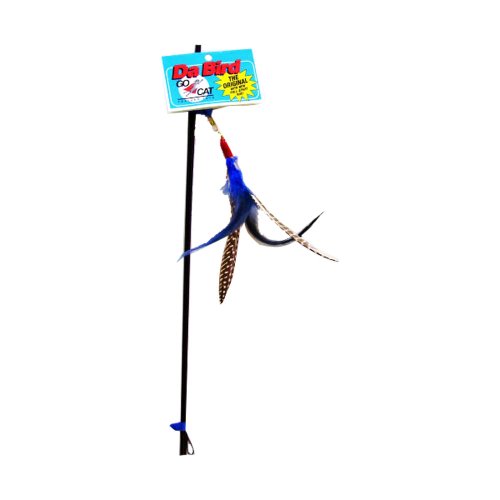 GoCat Da Bird Pull Apart Rod and Bird Cat Feather Toys, Assorted Colors
GoCat Da Bird Pull Apart Rod and Bird Cat Feather Toys, Assorted ColorsThat gives you the time to identify the stressor. Try to think back as to when the behaviour started and what changed in the house at the time. Also evaluate the amount of territory and privacy available to the cat in the house - especially in a multiple-pet family or even a busy family. See if you can eliminate the stressor or mitigate it in any way. If this isn’t possible, try and give the cat what they need to come to terms with it, such as:
Create a personal space within your home for your cat. A cat tree for instance can give them the height they desire to feel safe when they sleep, while giving them a great perch to watch the birds outside, which will provide environmental enrichment. Additional boxes, more ‘vertical’ furniture and sleeping spots can make a huge difference in multi-pet households. Make sure they have their own litter tray and access to it, as other pets will often guard litter trays and deny access or hunt those inside. The right formula for the amount of litter trays in a house is (amount of cats)+1. Don’t forget the play time, and lock them away securely when you go out so that you can prevent the problem behaviour from manifesting and them from stressing. Keep them from being triggered if at all possible.
Lastly, when an animal displays sudden behavioural changes or even an escalation of a certain behaviour, it is imperative to consult a veterinarian to rule out medical causes. But even if there isn’t a medical cause, they can help you help your cat manage their anxiety as you address their stressor by prescribing anti-anxiety medication, so do discuss this with your veterinarian. Many veterinary clinics even offer the service of a cat behaviourist or can refer you to one to help you with this process. They can guide you and your cat through this with an experienced hand and will put together an elaborate treatment plan to deal with the problem in the most efficient way.

Unfortunately, the life we envy when we watch cats live theirs is an idyllic fantasy. While happiness is certainly within their grasp - as it is within ours - a lot more goes into it than one would expect. They navigate their own world of obstacles, complex decisions to make and dangers to overcome. As such, they too occasionally get lost and stuck between a rock and a hard place. But if we can recognise when they’re struggling and what is hard for them to deal with, we can ease their struggles along the way. And they in turn will be free to be there for us when we have had a stressful day - instead of adding to it due to their own misery.
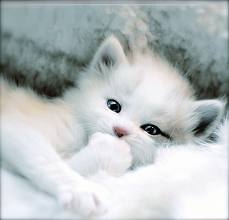 Are You Ready to Have a New Cat?
Sometimes the cat appears in your house unexpectedly. Y
Are You Ready to Have a New Cat?
Sometimes the cat appears in your house unexpectedly. Y
 Botflies (Maggots) in Cats
Cuterebrosis in Cats
Botflies, flies that are of
Botflies (Maggots) in Cats
Cuterebrosis in Cats
Botflies, flies that are of
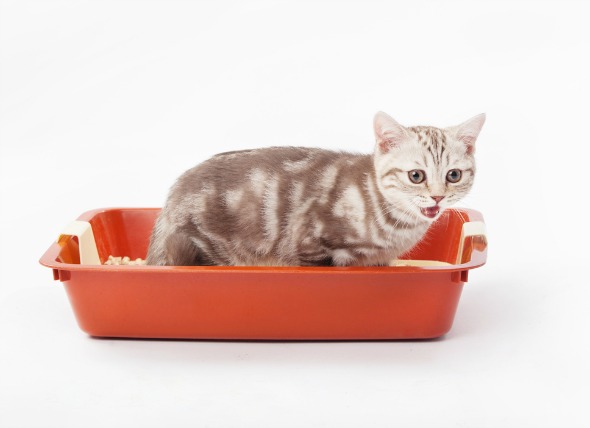 Constipation in Cats
Constipation and Obstipation in Cats
Constipation
Constipation in Cats
Constipation and Obstipation in Cats
Constipation
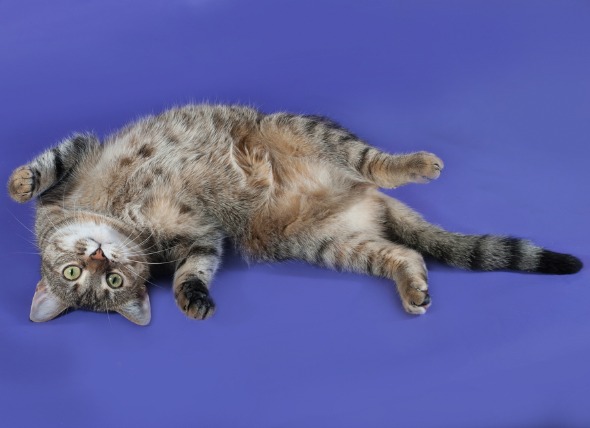 Hernia (Inguinal) in Cats
Inguinal Hernia in Cats
An inguinal hernia is a c
Hernia (Inguinal) in Cats
Inguinal Hernia in Cats
An inguinal hernia is a c
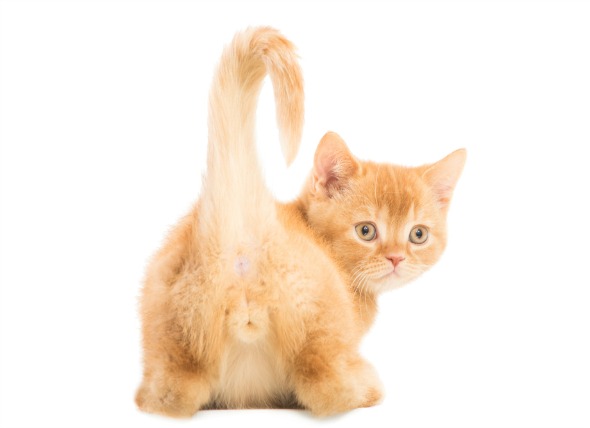 Anal Sac Disorders in Cats
Cats have anal glands which produce fluid into sa
Anal Sac Disorders in Cats
Cats have anal glands which produce fluid into sa
Copyright © 2005-2016 Pet Information All Rights Reserved
Contact us: www162date@outlook.com